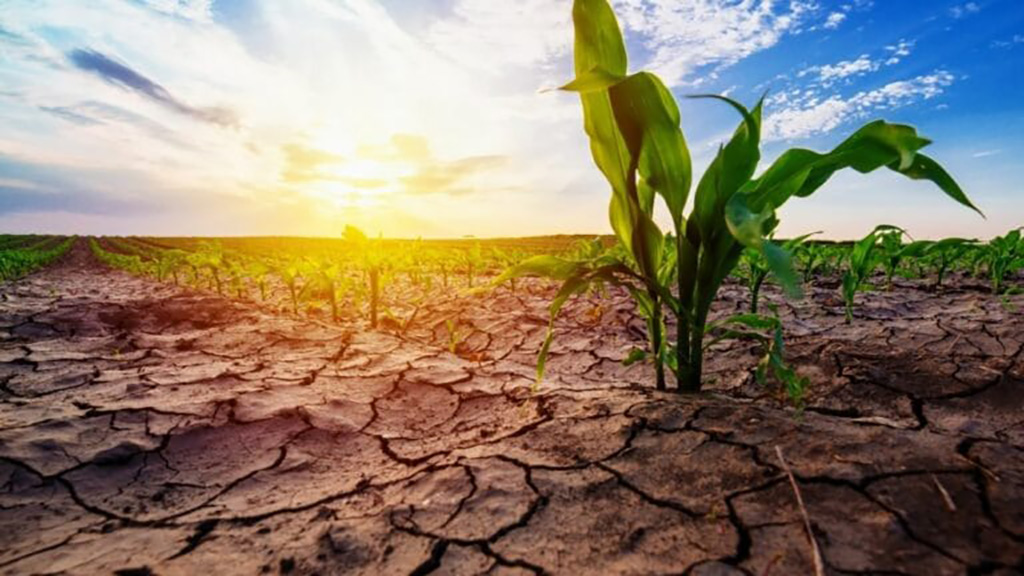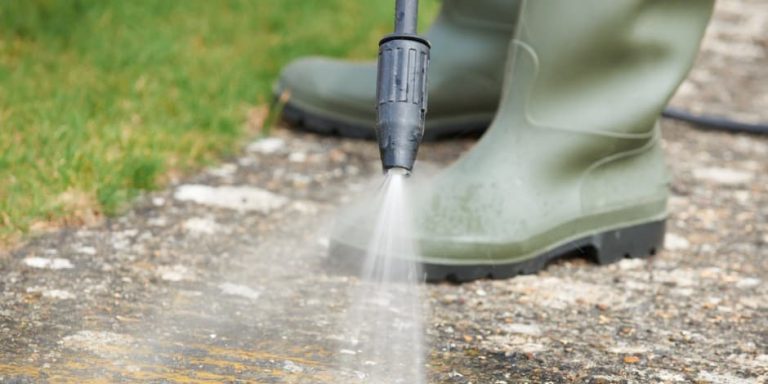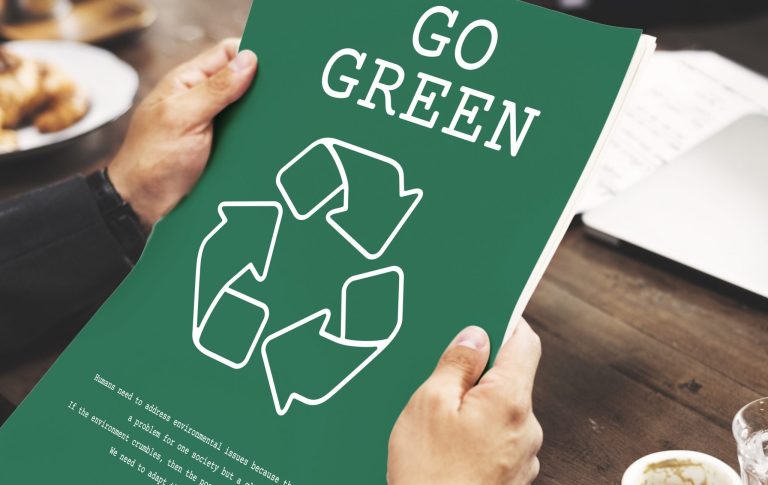
Power washing is often seen as a water-intensive activity—but when done right, it can actually be more efficient than traditional cleaning methods. In drought-prone regions, however, every drop of water counts. So how can you responsibly power wash while conserving resources?
This article explores eco-friendly power washing strategies specifically for areas facing water shortages, helping you stay clean and compliant. 💧
🔥 Why Drought Zones Require Extra Care
Regions like the Southwestern U.S., parts of Australia, and many Mediterranean climates experience:
- Long periods of low rainfall
- Strained municipal water supplies
- Water usage restrictions
- Higher fire risk due to dry vegetation
Even small-scale water waste in these areas has real consequences.
💧 Is Power Washing Wasteful?
It depends. A typical garden hose uses up to 24 gallons per minute, while most pressure washers use just 1.5–5 gallons per minute—yet clean more effectively.
So, power washing isn’t inherently wasteful—it’s all about how you plan, execute, and manage runoff.
✅ Water-Saving Power Washing Strategies
1. Use High-Efficiency Equipment
Choose:
- Washers labeled “low-flow” or “high-efficiency”
- Models with automatic shut-off triggers
- Pressure washers under 2.0 GPM for light jobs
Electric models also reduce fuel and emissions. 🔋
2. Spot-Clean Instead of Full Washes
Target high-traffic areas like:
- Entryways
- Greasy spots on driveways
- Siding under gutters
Don’t power wash entire surfaces unless necessary.
3. Use Water Reclamation Systems
Commercial-grade tools can:
- Vacuum and reuse water
- Filter out soap and grime
- Reduce total water usage by up to 80%
For residential jobs, consider water collection mats or graywater buckets.
🧴 Go Chemical-Free or Use Minimal Detergent
Many water conservation rules prohibit runoff containing soap or chemicals. Stick to:
- Vinegar-based solutions
- Citrus oil cleaners
- Plain water + scrubbing brushes for light work
This prevents runoff pollution and keeps you within local codes. 📜
Browse Amazon For Eco-Friendly Power Washing Soaps
🏡 Landscaping and Property Care
To protect landscaping:
- Power wash over gravel, mulch, or permeable surfaces
- Avoid spraying toward lawns or flower beds
- Rinse plants with clean water before and after washing
Consider scheduling cleanings during early mornings to reduce evaporation loss. ☀️
🚫 What to Avoid in Drought Zones
- Washing cars, windows, or driveways on a fixed schedule
- Using pressure washers during peak heat (12–4 PM)
- Letting water pool or flow into the street
- Using high-pressure jets to remove minor dust
These habits waste water and may result in local violations.
📍Check Local Water Use Guidelines
Cities like Los Angeles, Phoenix, and San Diego often enforce:
- Permits or approval for commercial washing
- Seasonal bans on pressure washing
- Required use of certified water-saving devices
- Limits on soap or chemical use near storm drains
Visit your municipality’s water authority website to stay compliant. 💻
🧠 Final Thoughts
Power washing in drought-prone areas isn’t just about being legal—it’s about being thoughtful. With the right techniques and equipment, you can maintain your property while preserving your local water supply.
Because cleaning shouldn’t come at the cost of conservation. 💧✅🌿
Browse Amazon Here For Top Rated Power Washers And Accessories






